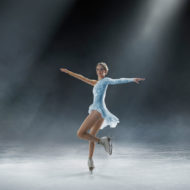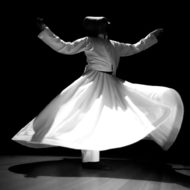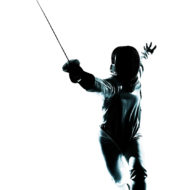
The physical capabilities of human beings are increasing, and this was quite evident at the Winter Olympics. For example, snowboarders were doing feats in the qualifying runs that would have won medals at previous Olympics. Michael Murphy, co-founder of the Esalen Institute, has been fascinated by the expanding horizon of human potential represented by such exceptional athletes.
In The Future of the Body, Murphy claims that “no culture has ever possessed as much publicly available knowledge as we do today regarding the transformation capacities of human nature.”… Read More









